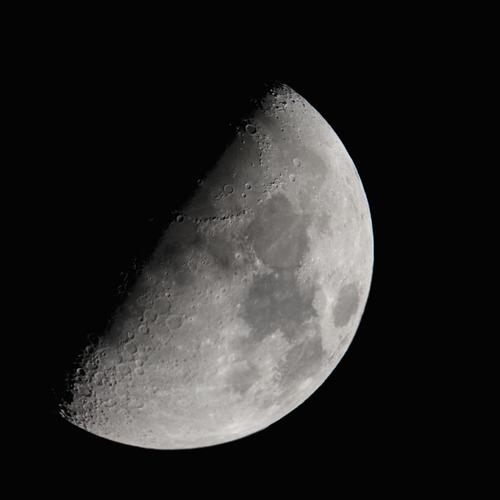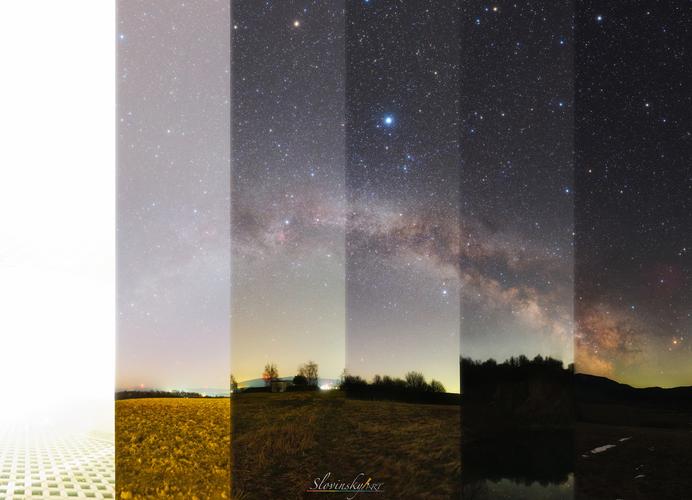
Astronomy: What Are the Main Components of the Milky Way?
The Milky Way, our home galaxy, is a fascinating cosmic structure that has intrigued astronomers for centuries. It is a spiral galaxy, and understanding its main components is crucial to unraveling the mysteries of the universe. In this article, we will delve into the various elements that make up the Milky Way, providing you with a comprehensive overview.
The Central Bulge
The central bulge of the Milky Way is a dense concentration of stars located at the galaxy’s core. This region is approximately 10,000 light-years across and contains a high concentration of older stars, along with a significant amount of dust and gas. The bulge is believed to be the oldest part of the galaxy, with stars that formed around 12 billion years ago.

The Spiral Arms
The Milky Way has four prominent spiral arms, each extending outward from the central bulge. These arms are regions of high star formation, where new stars are constantly being born. The spiral arms are home to a variety of celestial objects, including young stars, nebulae, and star clusters. The arms are approximately 100,000 light-years in length and are separated by gaps known as interarm regions.
The Disk
The disk of the Milky Way is the largest component, extending from the central bulge to the spiral arms. This region is about 100,000 light-years in diameter and contains a vast array of stars, gas, and dust. The disk is divided into several layers, with the outer layers being less dense than the inner ones. The disk is also home to the solar system, with Earth located in the Orion Arm, one of the spiral arms.
The Dark Matter Halo
The Milky Way is surrounded by a halo of dark matter, a mysterious substance that does not emit, absorb, or reflect light. This halo is thought to extend several hundred thousand light-years from the galaxy’s center and plays a crucial role in the galaxy’s dynamics. The dark matter halo helps to stabilize the galaxy and may also be responsible for the formation of the spiral arms.
The Galactic Bar
The Milky Way has a bar-shaped structure known as the galactic bar, which is located within the central bulge. This bar is about 12,000 light-years long and is composed of stars, gas, and dust. The galactic bar is believed to be the result of a merger with another galaxy in the distant past and may play a role in the formation of the spiral arms.

The Supermassive Black Hole
The Milky Way’s center is home to a supermassive black hole, known as Sagittarius A. This black hole has a mass of about 4 million times that of the Sun and is surrounded by a region of intense activity known as the accretion disk. The supermassive black hole is thought to play a role in regulating the galaxy’s star formation and may also be responsible for the formation of the central bulge.
The Galactic Bulge
The galactic bulge is a dense concentration of stars located at the center of the Milky Way, surrounding the supermassive black hole. This region is about 3,000 light-years across and contains a high concentration of older stars, along with a significant amount of dust and gas. The galactic bulge is believed to be the oldest part of the Milky Way, with stars that formed around 12 billion years ago.
The Spiral Arms
The Milky Way has four prominent spiral arms, each extending outward from the central bulge. These arms are regions of high star formation, where new stars are constantly being born. The spiral arms are home to a variety of celestial objects, including young stars, nebulae, and star clusters. The arms are approximately 100,000 light-years in length and are separated by gaps known as interarm regions.
The Disk
The disk of the Milky Way is the largest component, extending from the central bulge to the spiral arms. This region is about 100,000 light-years in diameter and contains a vast array of stars, gas, and dust. The disk is divided into several layers, with the outer layers being less dense than the inner ones. The disk is also home to the solar system, with Earth located in the Orion Arm, one of the spiral arms.
The Dark Matter Halo
The Milky Way is surrounded by a halo of dark matter, a mysterious substance that does not emit, absorb, or reflect light. This halo is thought to extend several hundred thousand light-years from the galaxy’s center and plays a crucial role in the galaxy’s dynamics. The dark matter halo helps to



